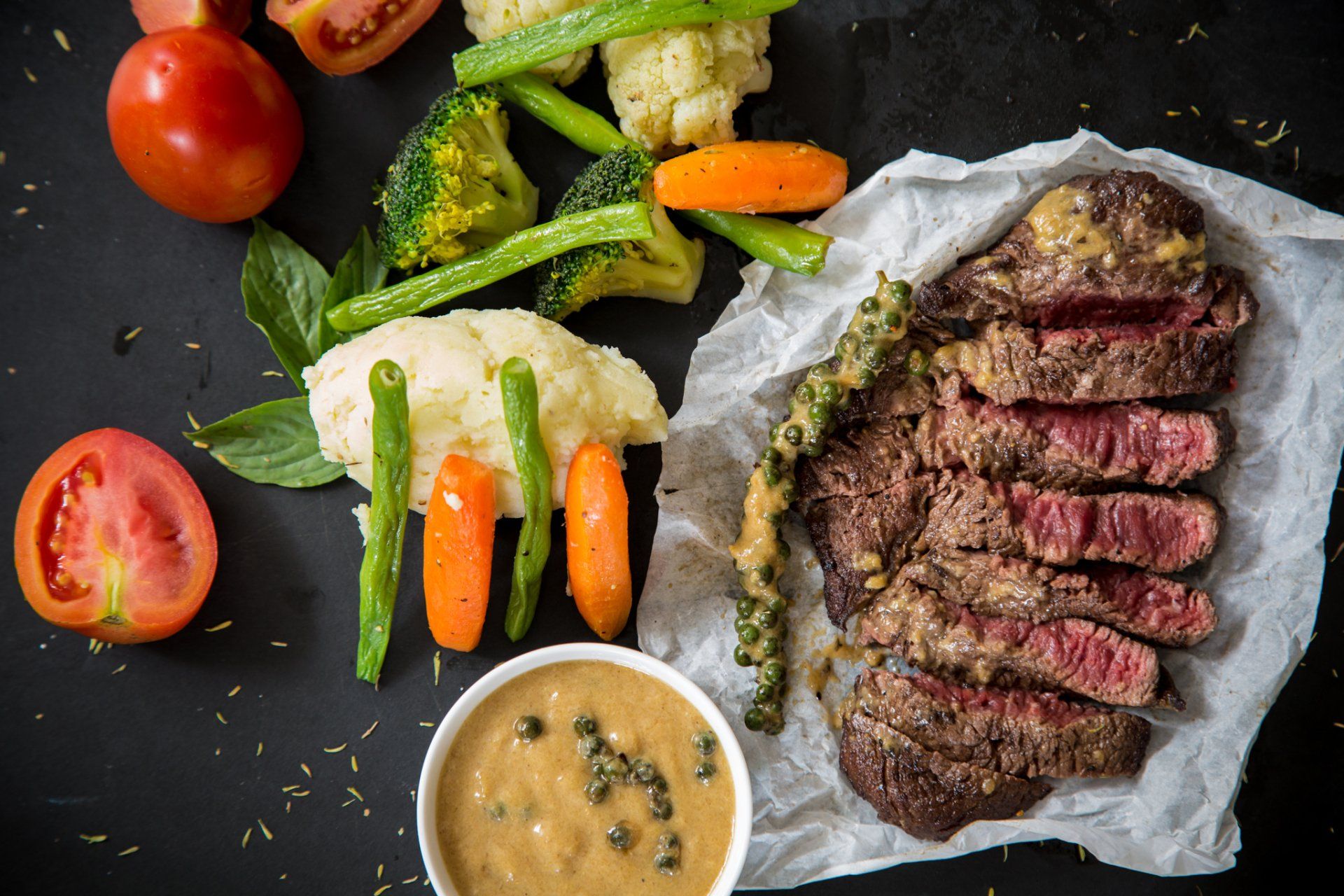What’s the Deal with Protein?

Protein!
“Are you getting enough protein?”
“I’m focusing on maximizing my protein intake.”
“How many grams of protein did you get in today?”
Have you been asked any of these questions or heard someone make a statement like the one
above?

I know I have many times. Protein has very quickly become today’s flashiest buzzword and seems to be gaining more and more traction as time goes on. But when we’re focusing on the topic of chronic illness and creating optimal health for ourselves and our loved ones, is protein really something we should be so focused on?
Let’s dive into the truth about protein and explore why excess amounts of it may actually be more harmful than good…
Protein as law was an idea that was first introduced in the 1930s by industry as a means of directing our nutrition choices. Unfortunately, industry’s involvement in dietary education within our culture meant that it was primarily about financial gain and less about truly supporting public health. In fact, I see the ripple effects of this every day in my practice as women frequently come to me with pre-existing beliefs that they need to hit certain protein levels when feeding their children in order for proper development to occur. Or they themselves believe they need to consume high amounts of protein so they can maintain the energy they need to take care of their little ones. And I have so much compassion or these mamas because before my own health fell apart, I too was a protein worshiper. After daily workouts, I would come home and whip up a plant-based protein shake not knowing that my health was taking a hit.
One of the biggest issues with a high protein diet is that it is also generally a high fat diet. Protein rich foods are more often than not also fatty foods. Chicken (even lean cuts), dairy, eggs, nuts, and seeds, for example, while all high in protein are also very high in fat. And the truth is that these types of diets play a pivotal role in the development of chronic illness and symptoms themselves. Kidney damage, weight gain, constipation, dehydration, diabetes, and an increased risk of heart disease and cancer are generally all seen in those consuming high protein/high fat diets. (The following are three scientific sources for further inquiry: Cardiovascular Risk; Kidney Health; Cancer Risk.) On top of that, when protein/fat is eaten, the liver must stop what it’s doing and put all its energy into processing it. This is to ensure the blood stays thin and that adequate levels of oxygen make it to the brain. Although this is a lifesaving mechanism innately built into your liver, it does mean that precious time is taken away from it working to remove toxins, heavy metals and pathogens from your body- an important process that plays a central role in chronic illness recovery.
So how can we move forward with a diet that actively promotes healing and health?
If you are currently eating a high protein diet or high protein foods in general, don’t panic. You don’t necessarily need to eliminate all sources of protein in order to heal and feel your best. It’s not about restriction but rather about understanding what your body needs and giving it just that.
Here are some important points to consider when creating a diet that is in favour of your body:
1. Ideally, you want to lower your protein/fat source if you are consuming high amounts and increase critically clean carbohydrates, such as fruit, vegetables, herbs, potatoes and squash. These foods are loaded with vitamins, minerals and phytochemicals that actively heal and fuel the body.
2. Focus on consuming your protein later in the day. The longer you hold off on eating
your protein, the longer your liver has to focus on cleansing and healing. Some people
enjoy being protein/fat-free until noon and others prefer to wait until dinner. It’s important to note that if you are very symptomatic, it’s best to limit protein intake to only evenings and potentially even eliminate it all together for a period of time.
3. Eliminate all troublemaker protein rich foods including chicken and pork (opt for lean ground turkey instead), tuna (generally contains high amounts of mercury. Choose wild caught salmon instead), dairy and eggs. These foods activity feed pathogens that are at the root of most chronic health issues.
4. When eating an overabundance of protein/ fat, we generally feel full for longer because these foods take longer to digest. On the other hand, critical clean carbohydrates like the foods mentioned above move through the digestive system relatively quickly, and thus we feel hungry sooner. As a result, when restructuring your diet, it’s important to know that you will need to eat a much higher volume of food in order to feel satiated and hit your daily calorie requirements.
With all of this considered, if you are still concerned about your protein levels, just know that all types of food does contain some amount of protein- even fruits and veggies! In fact, dandelion greens have 14% protein and 60% of spirulina’s dry weight is protein. Spirulina even contains the most bioavailable protein on the planet. How cool!
But the most important thing to remember is that reducing your consumption of high fats/protein will help to improve blood flow (thick blood allows pathogens to proliferate whereas oxygenated and thinner blood allows for improved health), considering the points above. Here within is sacred wisdom and truth that you can hold onto and use to support you and your family for the rest of your life. I’ve seen miracles take place in people’s health by following this information. And if you need further support in your healing and nutrition journey, feel free to book a package with Dr. Kimberly or a single session with our Holistic Nutritionist and Women’s Health Specialist.

